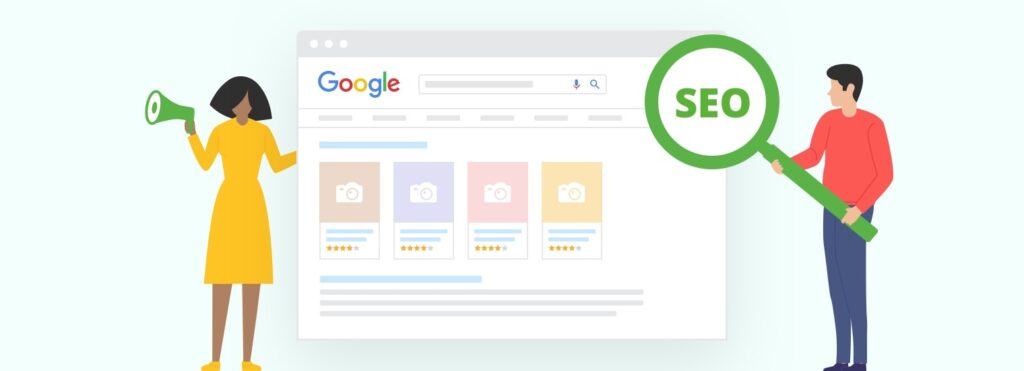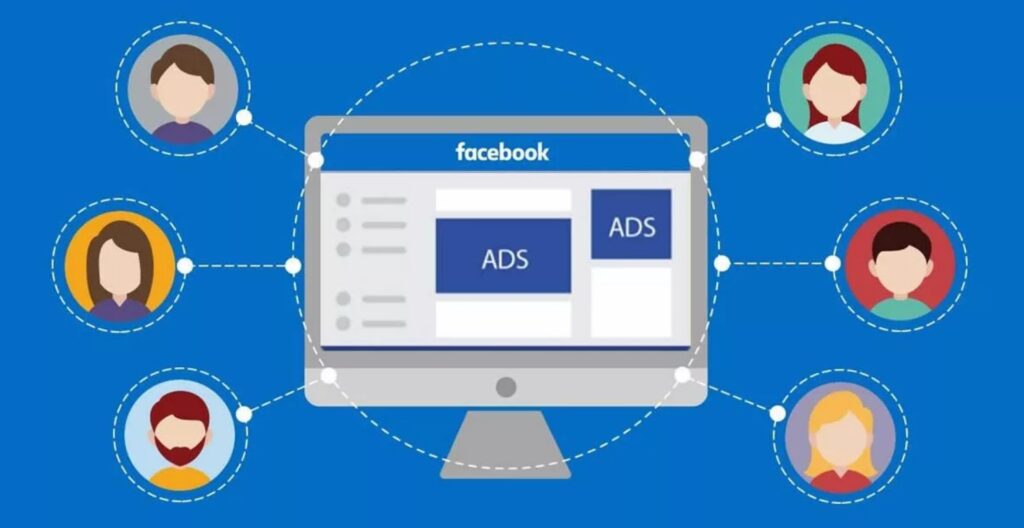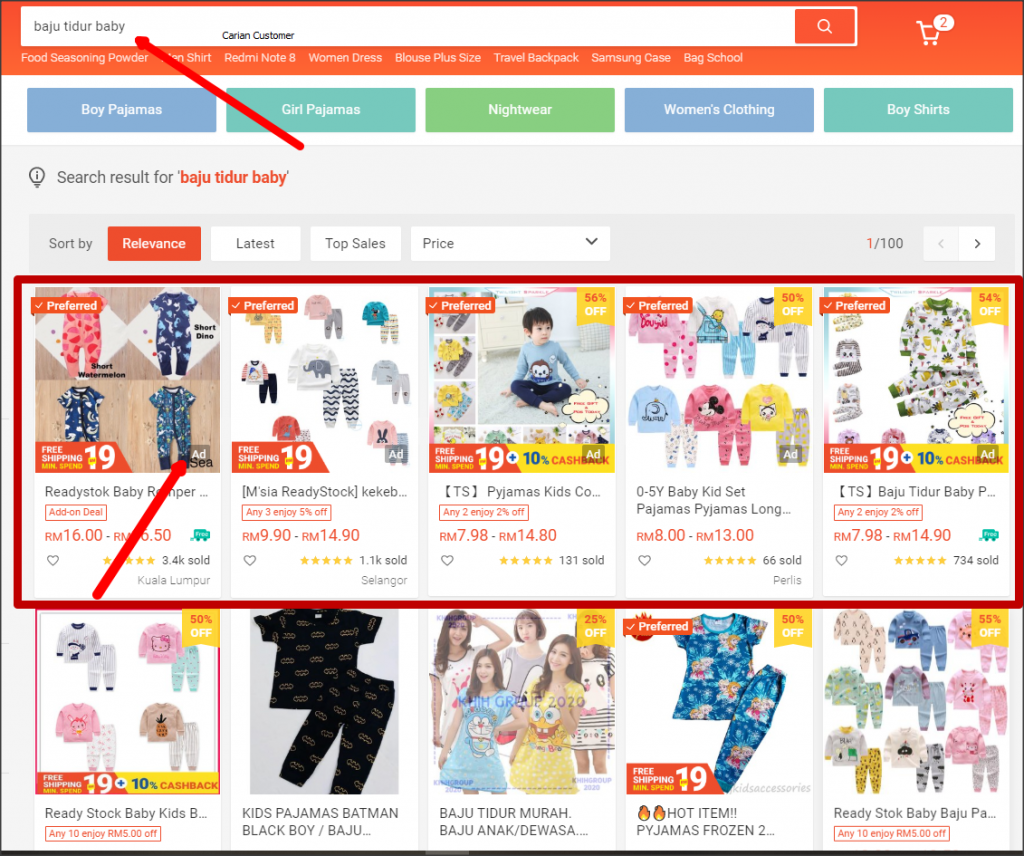Introduction
Every store wants to increase its sales. More people are interested in making money online as a result of the growing trend of online consumer purchases (around 80% of enterprises now operate exclusively online). But how can you boost sales using the online medium and increase traffic? It’s not difficult to increase Ecommerce traffic and sales, but it does take a fundamental knowledge of growth marketing.
Your e-commerce marketing efforts should be focused on capturing the interest of customers seeking for your products and aggressively utilising a variety of techniques to get them to seek you out.
What is Ecommerce marketing?
E-commerce marketing strategy is the process of applying marketing methods to increase consumer traffic, conversions, and purchases. This can happen both on and off the web. The goal of these strategies is to increase traffic to your online store and increase sales of your digital products. This guide includes 5 crucial Ecommerce marketing strategies that your company could apply right away.
1. Use SEO to Boost Organic Traffic
Organic traffic refers to any traffic at your site which isn’t paid for. In Ecommerce, these are people who discover and click to visit your website or online store from Google and marketplace search results. This is often a result of search engine optimization (SEO) where you optimize your website or online store around specific keywords in order to rank high in search engines.

87% of shoppers begin their product searches online which makes SEO one of the best Ecommerce marketing tactics with the highest ROI. For Ecommerce marketers, SEO can also be accomplished through content marketing, such as blogging, posting social content, and even creating podcasts or any free resources targeting certain relevant keywords.
URL: It should be easy to read for a good indexing of your e-commerce website, but also for a better customer experience.
H1 header: This includes the product title. Keep it straightforward.
Product image: Use multimedia on a web page and add optimized alternative descriptions to your images to help the page rank higher in the SERP.
Meta title and description: The title and introduction text that appears in the SERP and is only visible in the source code. This text should encourage browsers to click through to your site.
2. Use The Marketplace Paid Traffic to Attract Ready Buyers
On the other hand, if you have a ready budget and are looking for quick results, paid ads on marketplaces like Shopee or Lazada might be a better choice for your company.

It gets you the results of SEO by showcasing your products at the top of the search result page and positions you in front of ready buyers who are interested in your products. Here, customers are more sensitive to pricing. So make sure your products have a competitive pricing with good value and work on soliciting good customer reviews.
3. Use Non-Marketplace Paid Traffic for Brand Awareness
Besides marketplaces, advertising on 2 important sources of traffic: Facebook and Google can also provide Ecommerce businesses with a great return on their marketing investment. Creating ads on platforms like Facebook, Instagram or Google Display and Video can be helpful in establishing your Ecommerce store brand while acquiring new customers. Different from organic content marketing which can take months to see results, a well-structured Ad Campaign can start to bring in quality traffic immediately.


With Facebook marketing, having a good understanding of setting up a consolidated ad account structure with ad sets picking up new visitors while another retargets to close the sale will be an evergreen source of traffic. More info on this later. Additionally, using Facebook Custom and Lookalike Audiences feature can be helpful in targeting your competitors’ audiences and also to reach new potential customer segments.
4. Participate in Marketplace Campaigns and Utilize Tools for More Sales
Sales promotions on online marketplaces is a simple yet effective way to boost visibility for your online store to reach buyers who have their wallets out and ready. Marketplace campaigns can be differentiated into the Super Campaigns like 11.11 Raya Sales to the monthly campaigns like 5.5, 6.6, 25th Payday sales to the custom daily sales and event category specific campaigns as well.

One thing to be mindful of is to have a guideline setup for discounts and promotions for joining these events. This is where you need to be able to manage variable costs, which can bring tremendous impact on your profitability. In addition, there are 2 free tools to use such as Boost selected products for additional visibility on Shopee and Seller picks for Lazada. These are limited in nature, so choose your top-selling products to give your products an edge over the compeititon.
5. Build Brand Campaigns to Connect With Your Audiences
Every business should have a brand marketing campaign. It is a way to control your brand’s narrative and public image, as well as differentiate yourself from the competition. Besides, the purchase journey requires multiple touchpoints with the consumer. A good brand campaign should aim to keep the message tight and drive in the traffic without overselling; so that customers can understand the story behind the brand first.

That’s why a good brand campaign means distributing across multiple touch points such as paid channels, using influencers, organic postings on social media, marketplace efforts and more. Here at Commerceplus, we especially believe that a lasting relationship is an emotional one. This means you should always try to connect and evoke emotions from your customers, as many studies have pointed out – consumers often decide to buy a product first only to rationalize their buying decision later.
More importantly, it places your message in front of audiences, which lets them remember you — building brand equity in the mind of the consumer.
6. Build a Website for Brand Assets Traffic
You might have found success with your Ecommerce business on Instagram or Shopee, but no matter what it would be the best move to have an official website. Ecommerce companies are often at the mercy of marketplaces, and your traffic can suffer a huge hit if they were to make a change to their policies.

Having a website can be one of the foundations to build a sustainable audience in the long run. A well-optimized website can also provide information about your business and gather direct traffic when users are actively looking for you. Above all, everything on your website will be under your control and you can easily reach out to your potential customers as they subscribe to your email list.
Final Thoughts
Every company is looking to increase their profits. It takes a combination of creating growth and managing costs efficiently to build a sustainable and profitable Ecommerce business. Should you have any questions regarding the Ecommerce growth formula or are looking for expertise to bring your Ecommerce business to the next level, feel free to reach out to our team at contact@commerceplus.asia or get in touch to learn more.
